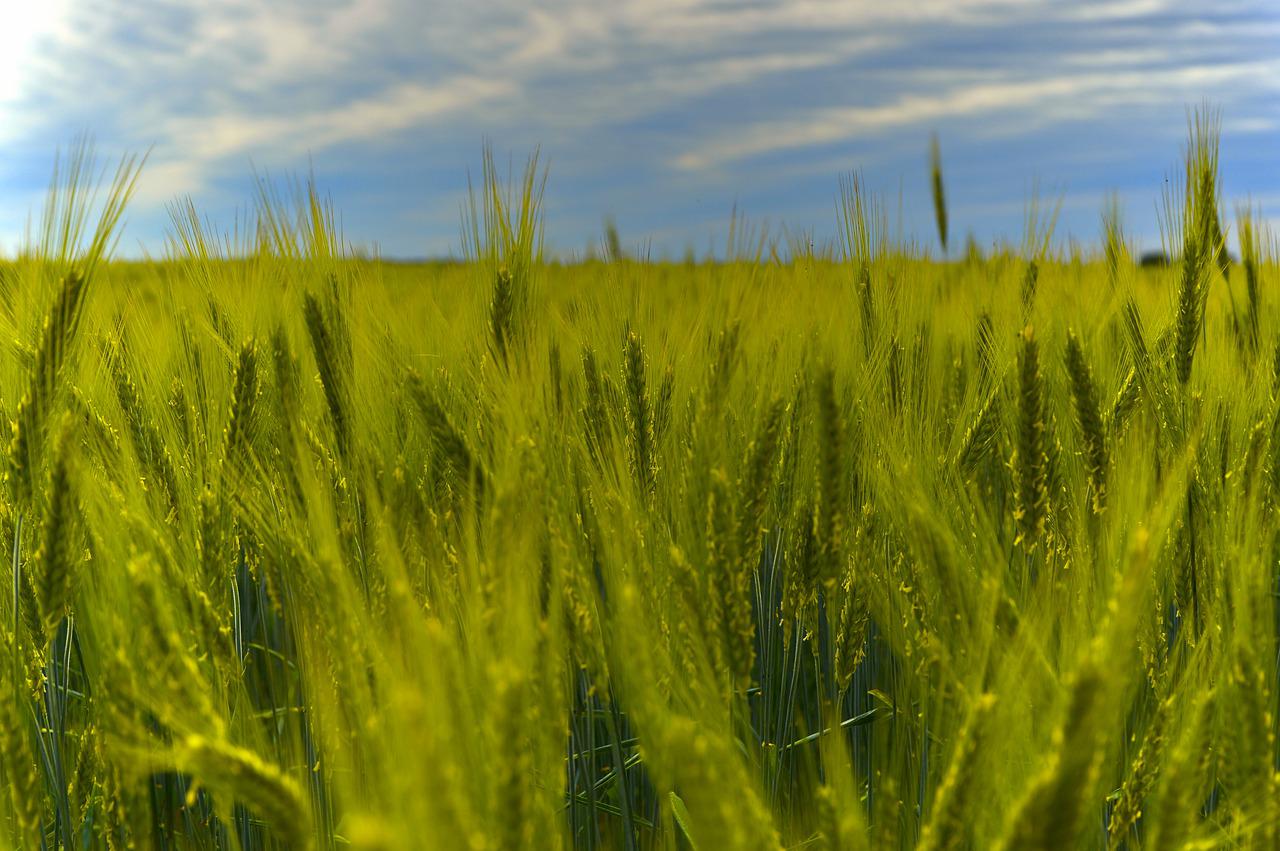
(NAFB.com) – Cover crops are an increasingly popular management practice farmers use to provide seasonal living cover between their primary commodity cash crops.
Farmers often plant cover crops in the fall to provide winter cover for soil that otherwise would be bare. Over the past decade, USDA’s Economic Research Service says fall cover crop adoption has grown in the United States. On fields growing corn for grain, 0.6 percent of the acreage used a fall cover crop before the 2010 crop. By 2016, 5.5 percent of corn-for-grain acreage had a fall cover, and by 2021, 7.9 percent of corn-for-grain acreage followed a fall cover crop. This represents a 44-percent increase in fall cover crop adoption on corn-for-grain fields between 2016 and 2021.
The growth in adoption of cover crops on cotton fields is similar, with a 46-percent increase between 2015 and 2019. The average growth in cover crop adoption was similar for each target crop, as evident in the average year-over-year changes.
